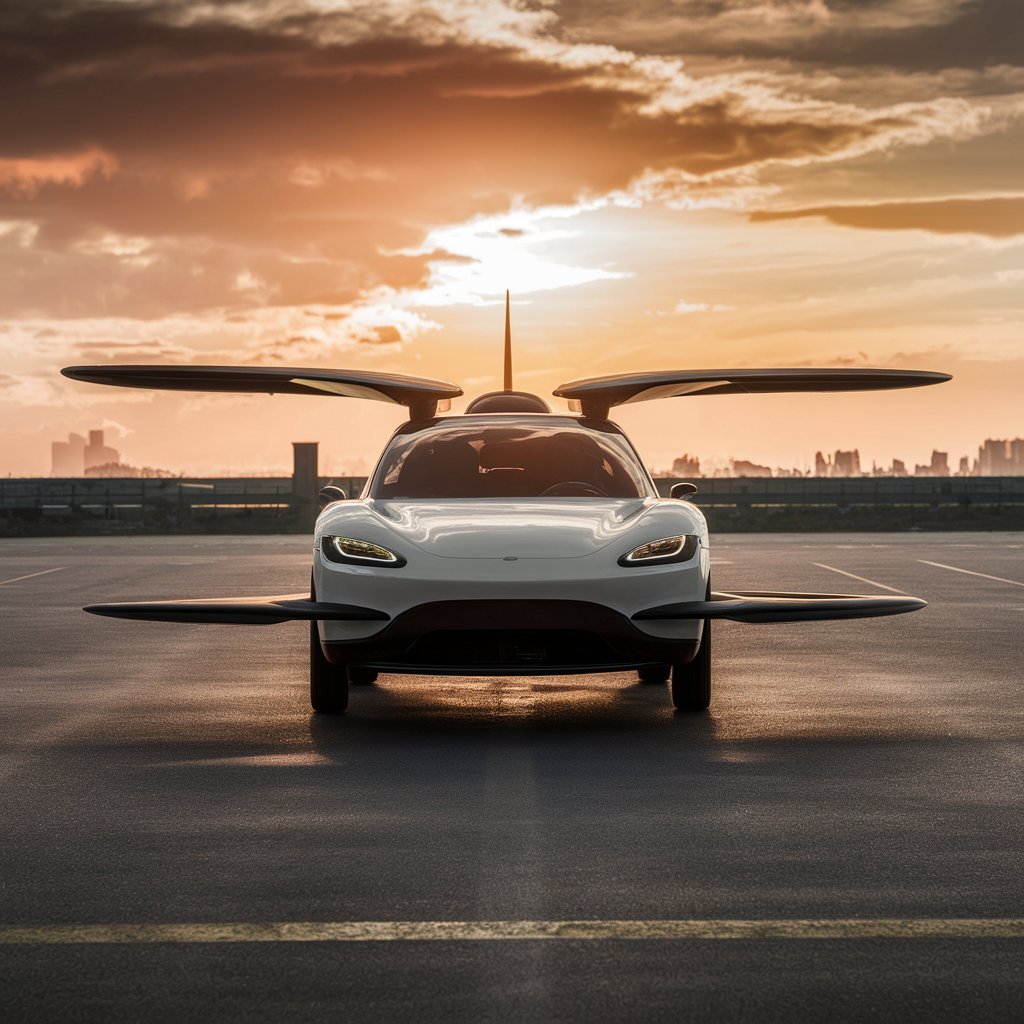In recent years, the concept of flying cars has captured the imagination of futurists, technologists, and the general public. What was once confined to the realms of science fiction is edging closer to reality. As technology advances, the dream of flying cars, or more accurately, personal aerial vehicles (PAVs), is becoming increasingly plausible. But what does the future hold for this groundbreaking mode of transportation?

The Evolution of Flying Cars
The idea of flying cars has been around for over a century, with early pioneers like Glenn Curtiss designing the Autoplane in 1917. While Curtiss’s design never got off the ground, it laid the foundation for future innovators. Fast forward to today, and companies like Terrafugia, AeroMobil, and PAL-V are at the forefront of developing viable flying cars, with prototypes and even pre-production models demonstrating the potential for everyday use.
How Do Flying Cars Work?
Flying cars are typically hybrid vehicles capable of operating both on the road and in the air. They often feature wings or rotors that can be deployed for flight and retracted for driving. Most current designs are based on Vertical Take-Off and Landing (VTOL) technology, allowing them to take off and land without the need for a runway. This versatility is essential for urban environments where space is limited.
These vehicles are usually powered by a combination of electric motors and conventional fuel engines, although fully electric models are also being developed. Advances in battery technology, lightweight materials, and autonomous flight systems are critical factors in making flying cars a reality.
Benefits and Challenges
Benefits
- Reduced Traffic Congestion: Flying cars can bypass ground traffic, potentially reducing congestion in urban areas.
- Faster Travel: The ability to fly short distances could drastically cut travel times, particularly in congested cities or regions with difficult terrain.
- New Forms of Mobility: Flying cars can reach areas that are otherwise inaccessible, providing new opportunities for exploration and access.
Challenges
- Safety: Ensuring the safety of flying cars is paramount. This includes not only the safety of passengers but also pedestrians and other road users.
- Regulation: Navigating the complex regulatory environment for airspace and road use is a significant hurdle. Governments and aviation authorities will need to develop new regulations and infrastructure to accommodate these vehicles.
- Cost: Currently, the cost of developing and purchasing flying cars is prohibitively high for most people. However, as technology advances, costs are expected to decrease.
The Road Ahead
While the widespread adoption of flying cars may still be years away, significant progress is being made. The potential benefits of this technology are immense, offering a new dimension to personal transportation and revolutionizing how we think about travel. However, many technical, regulatory, and social challenges remain to be addressed.
In the near future, we may see flying cars becoming a niche but growing market, primarily serving luxury or specialized applications. As technology matures and becomes more accessible, the dream of commuting through the skies could become a reality for a broader audience.
In conclusion I would like to say that flying cars represent an exciting frontier in the world of transportation. They promise to transform our cities, reduce travel times, and offer unprecedented mobility. While there are still many obstacles to overcome, the progress made so far suggests that the age of flying cars is not a matter of “if,” but “when.” As we stand on the brink of this new era, the sky is truly the limit.
__________________________________________________________________________
MIT Alumni Sarika Hussain is also making an attempt to simplify AI for all through her 100+ videos on YouTube channel sArIka speaks. If interested, please checkout her videos like AI in Music, AI in Kitchen, AI in Film making.
For further collaborations connect on LinkedIn

